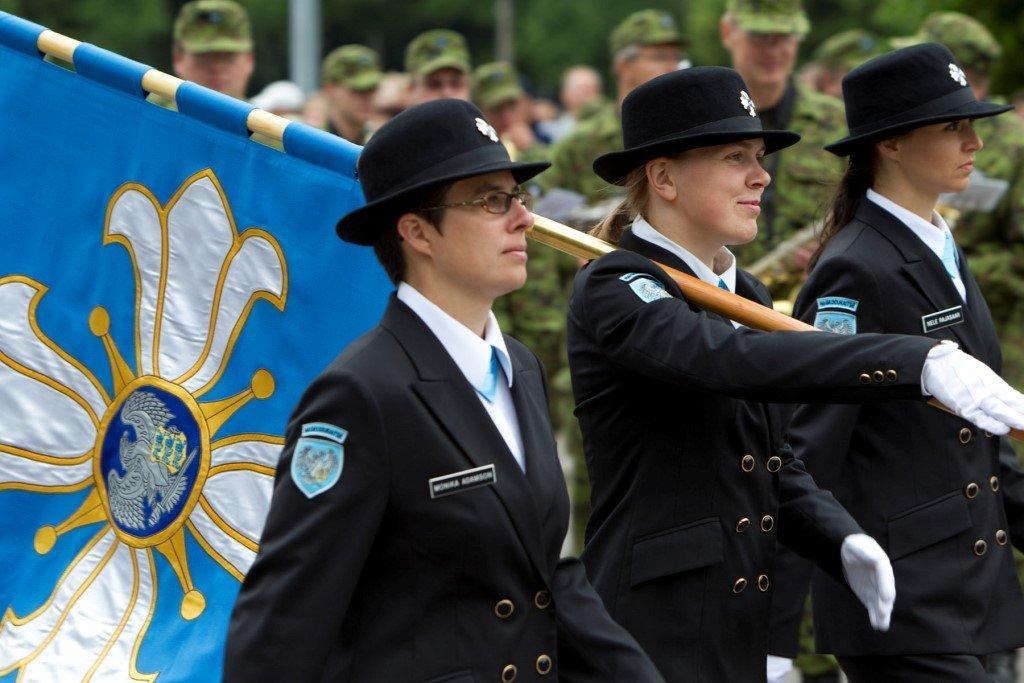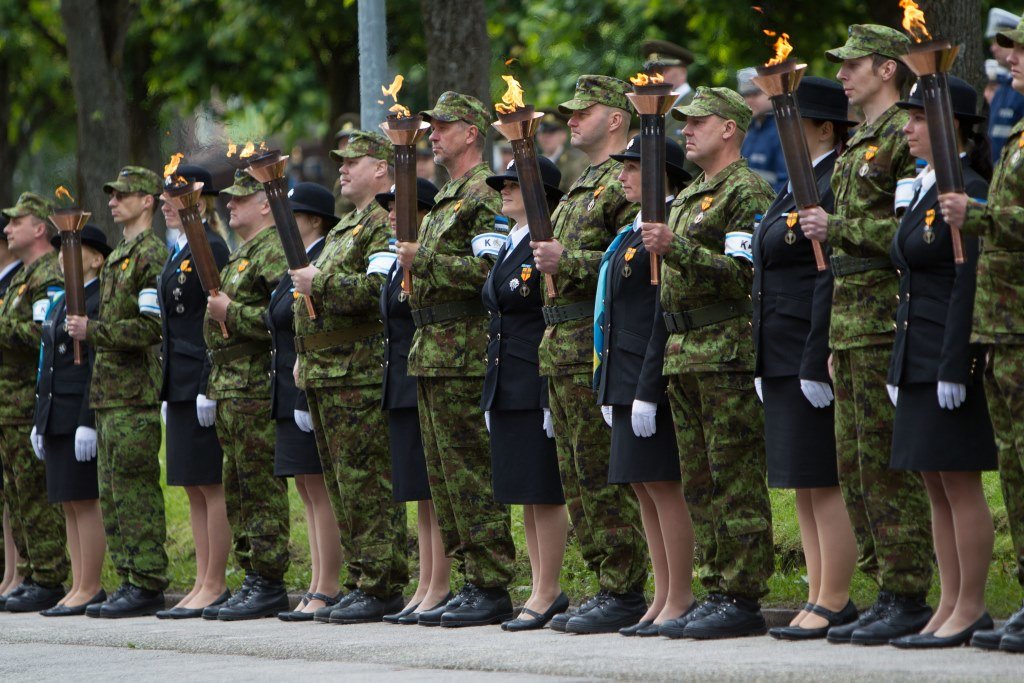Victory Day, celebrated annually on 23 June, marks the anniversary of a crucial military victory against foreign forces in 1919; the Midsummer Eve celebration on the same night will see thousands of bonfires lighting up the sky across Estonia.
Victory Day (Võidupüha) marks the decisive battle during the Estonian War of Independence in which the country’s military forces and their allies defeated the German forces who sought to re-assert control over the region. The day has been celebrated on 23 June every year from 1934 until 1939 and then again after the restoration of Estonian independence, from 1992. Although it marks the important historical battle, the annual military parade also commemorates and recognises the contributions of all Estonians in their fight to regain and retain their independence.
 The Victory Day is celebrated all over the country, but the main parade usually rotates between towns – this year it will take place in Võru in southern Estonia.
The Victory Day is celebrated all over the country, but the main parade usually rotates between towns – this year it will take place in Võru in southern Estonia.
The background
At the end of the First World War, Estonia was engaged in a war for its own independence with two former major powers. At the time of the armistice that ended the Great War on 11 November 1918, the Estonian Provisional Government was forced to defend its declaration of independence against attacks by Soviet Russian troops and a Baltic-German Landeswehr army under General Rüdiger von der Goltz. By the end of December 1918, the Soviet-Russian forces, in an effort to re-establish the borders of the Russian Empire, had succeeded in occupying half of Estonia.
However, the tide began to turn in late December 1918 when Finnish volunteers, as well as British naval assistance, began to arrive in Estonia to support the country’s defence. By the time the volunteers and the equipment reached the front, the Soviet advance had been halted and in less than a month Estonia was virtually cleared of all Soviet forces.
However, intermittent fighting continued on the eastern and southern fronts throughout 1919. In northern Latvia, a mixed Estonian-Latvian force under the Estonian command of General Johan Laidoner defeated the Red Army troops operating in northern Latvia. However, half of Latvia was still occupied by the troops of von der Goltz.
In early June 1919, von der Goltz advanced and attempted to isolate the right wing of the Estonian Army. Despite his well-equipped and experienced troops, his army was defeated. The final battle at Cēsis (Võnnu in Estonian) on 23 June saw the collapse of the von der Goltz army. Following this victory, Estonian and Latvian forces co-operated to ensure the fall of the puppet regime that had been established in Riga. Latvia’s freedom was regained and Estonia’s borders were secured.
The defeat of the two invading forces in 1919 and the signing of the Tartu Peace Treaty in 1920 between Estonia and Soviet Russia marked the successful achievement of Estonia’s independence after centuries of struggle, and thus 23 June became a day to celebrate this victory.
It is important to note that a multi-national force helped Estonia to win its independence. Along with 85,500 Estonians, 3,700 Finns, more than 5,000 Russians of the North West White Army (under the command of the Estonian Defence Forces General Staff), 9,800 Latvians, 3,000 British, 400 Swedes and 250 Danes and up to 700 Baltic Germans (who were Estonian citizens, but had a separate Baltic Battalion) fought for the country.
I
Cover: Victory Day parade in Kärdla, 2015. Photos courtesy of Estonian Defence Forces.


